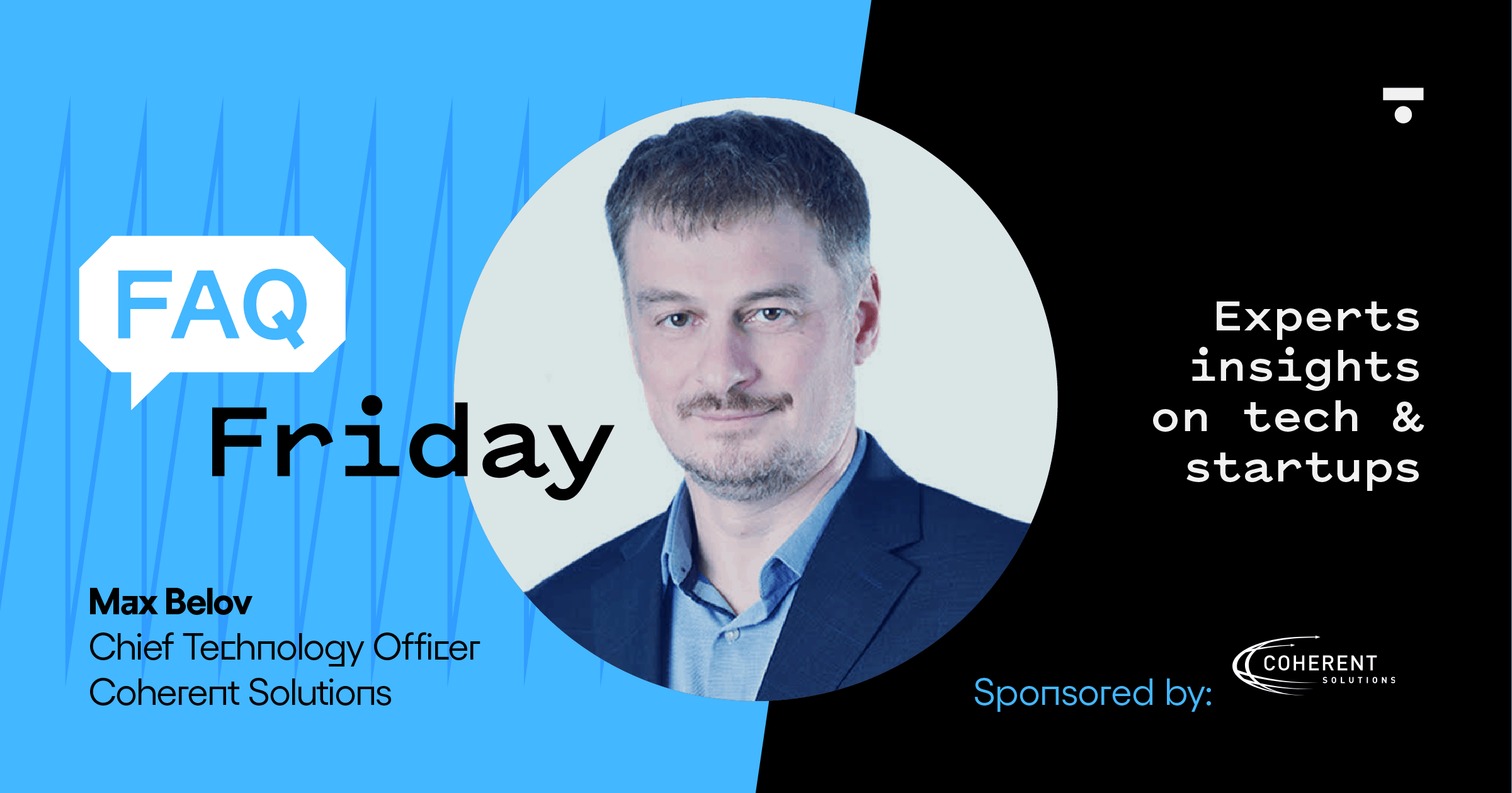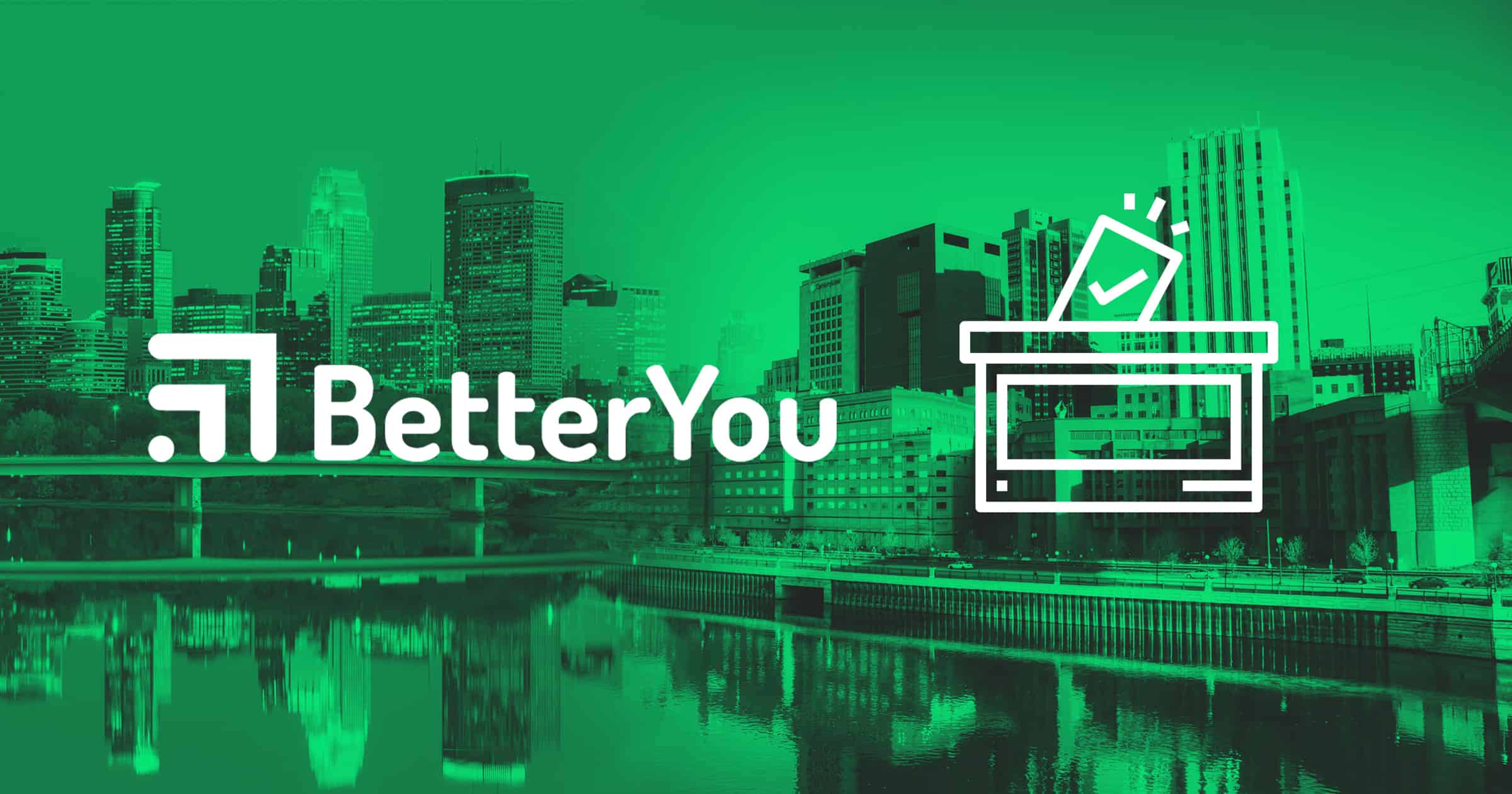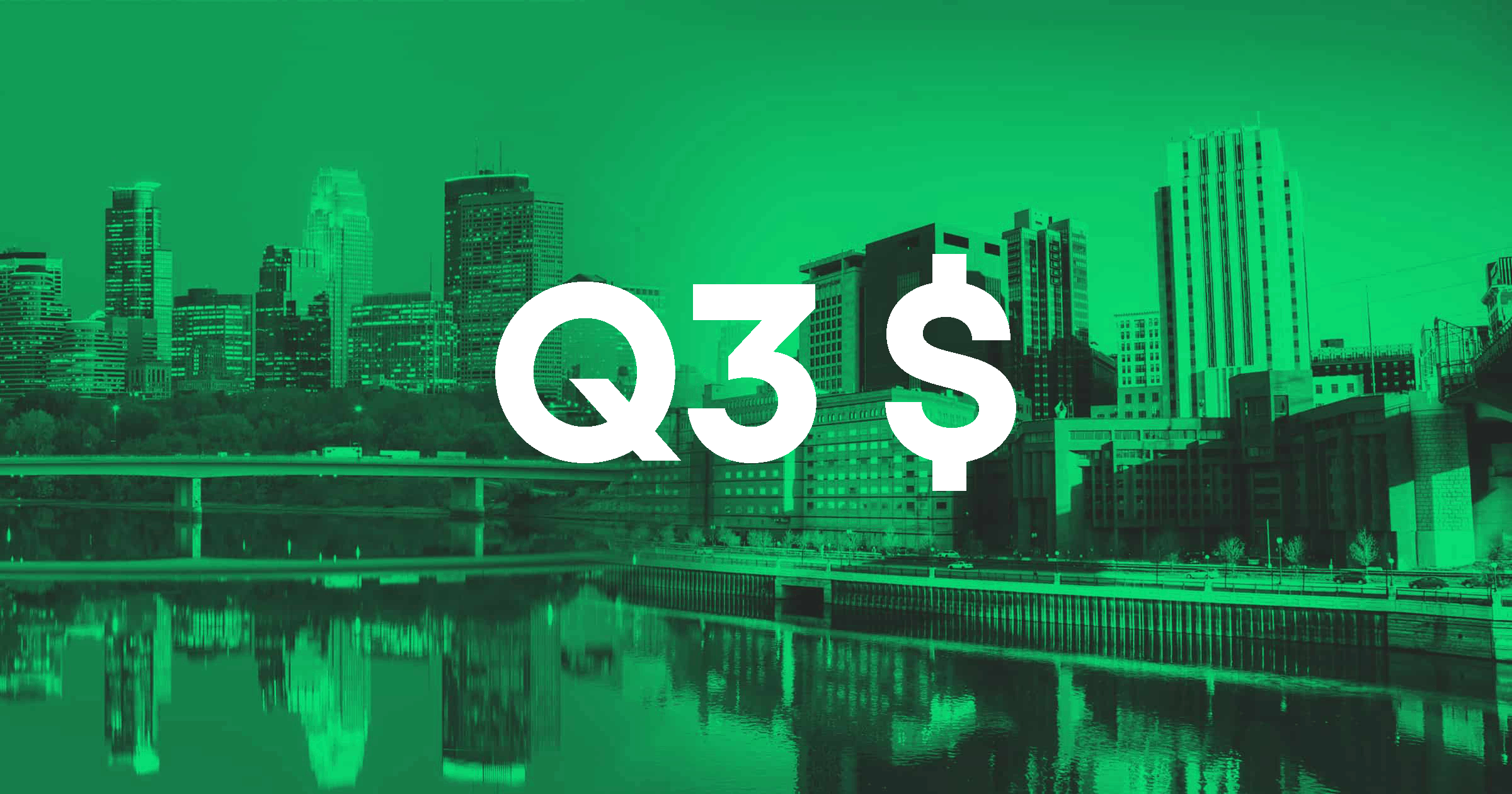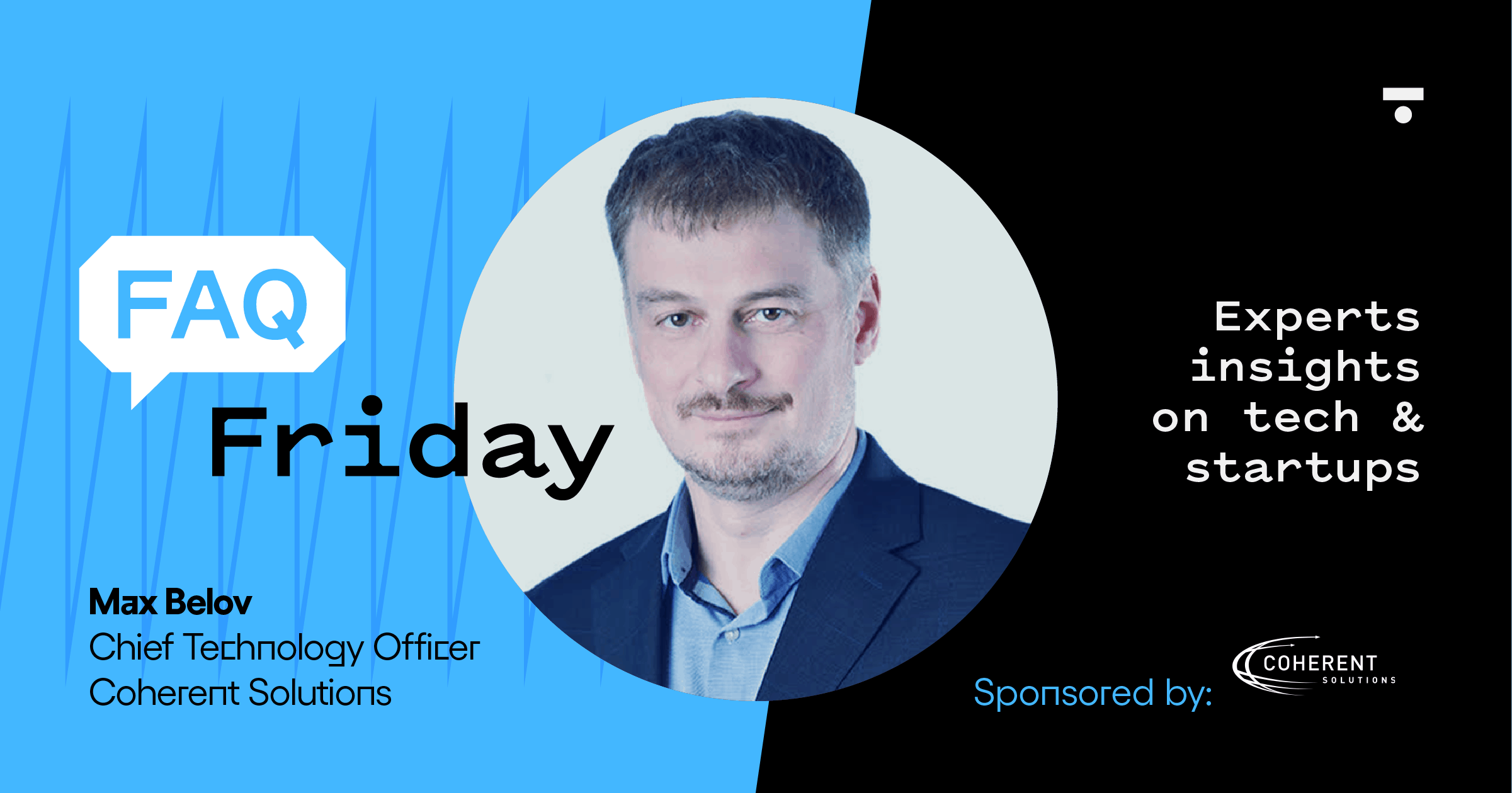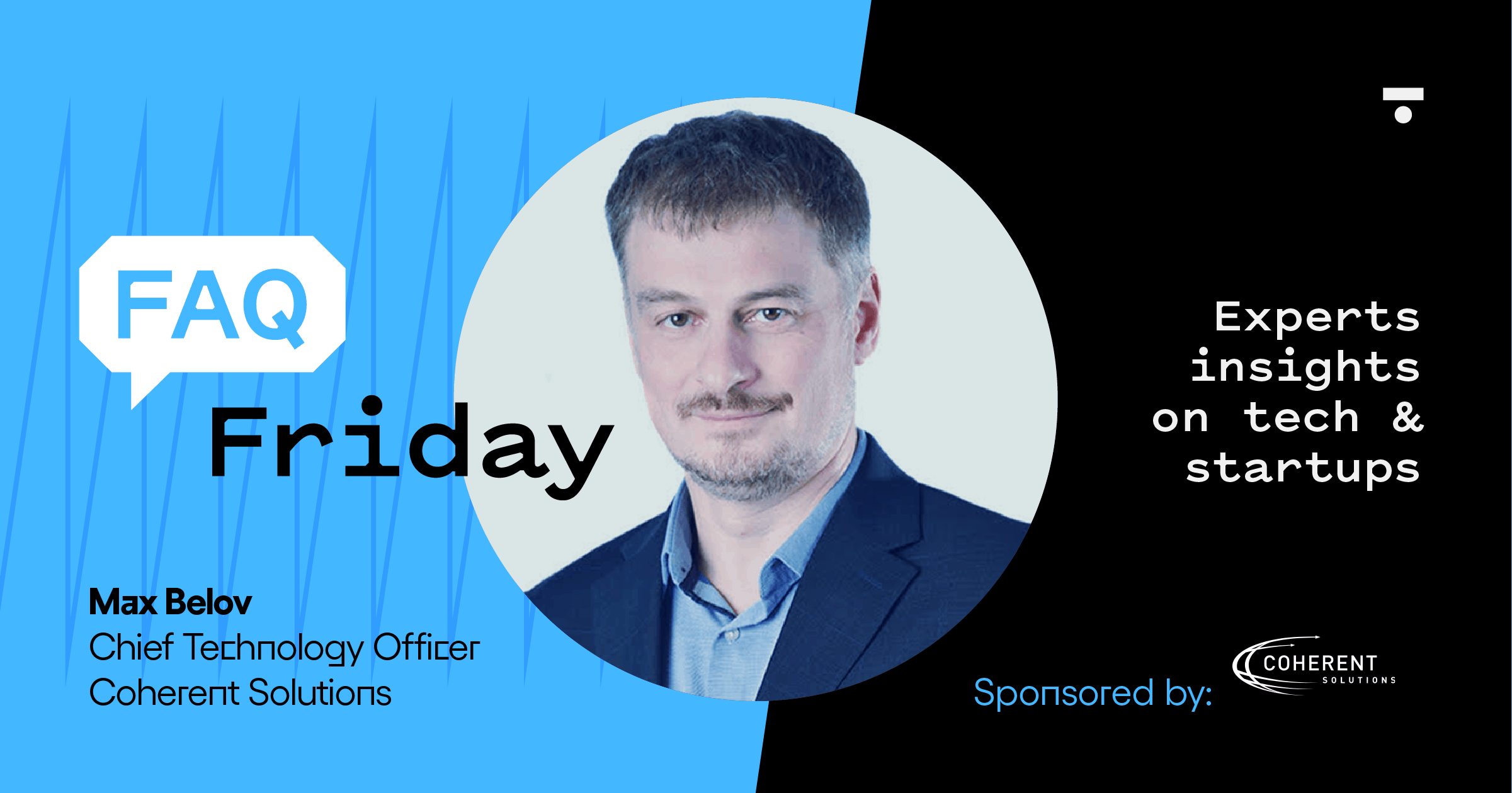This week’s FAQ Friday is sponsored by Coherent Solutions. Read more about the company and its services at the bottom of this post.
This Week’s FAQ Topic — Augmented, Mixed, and Virtual Reality
What are the basics of augmented, mixed, and virtual reality (A/M/VR) and how are they different?

Coherent Solutions is able to provide expert cloud migration services.
These concepts are straightforward and easy to explain but do involve some critical technology that makes it possible to enrich computer input interfaces with environmental understanding. Significant advancements in sensors and information processing technology through both computing capacity and algorithms are required to enable these new experiences that mix real and digital worlds.
When we talk about augmented reality, we typically describe only limited enhancements to the user experience with minimal environmental input. The technology allows for a representation of a virtual object to be present in a view of the physical world through a phone’s camera app. While constrained to the screen of the device, it offers unique capabilities, ranging from showing consumers what a new piece of furniture is going to look like in their living room to enabling field service technicians to “see” underground infrastructure.
Virtual reality replaces a user’s entire field of view with a generated digital environment. This type of approach is most often used in sales and marketing, gaming, and entertainment, but can be also be leveraged for educational and training scenarios.
Mixed reality is what happens between the augmented and virtual realms by including representations of physical world within a virtual reality environment or providing a more advanced implementation of augmented reality. Instead of virtual objects overlaid in the camera view of a phone, a user with an appropriate wearable (glasses headset) has virtual objects and persons (avatars) represented within their full field of view. A good implementation will make these virtual objects look as real as possible by providing accurate reflections of physical world around and occluding them with real objects and people in the scene.
How are these systems used in a business context?
There is a variety of ways across all kinds of industries that people use these tools — from entertainment to manufacturing. Here are a few typical use cases:
- Training is probably a one of the most common use cases for various flavors of A/V/MR that enables employees see and experience things in virtual world, and learn how they interact with real objects and perform real tasks in the physical world. The solutions may range from an AR app that tells what a particular piece of equipment does and identifies main characteristics and capabilities when a user points their phone at it to a VR solution that provides in-depth, step-by-step training for a complex technological process through a VR headset.
- For field services and construction, the technology can help users visualize elements they do not normally see — underground pipes or pipes in a building wall.
- Marketing, advertisement and digital commerce industries are leveraging these technologies to let people experience products in the actual physical environment. See what that new fancy floor lamp is going to look like in the living room or try that new color for the wall. It allows consumers to experience something that does not exist in a real world yet, such as tour a house that has not been built yet or take a concept car out for as spin.
- Manufacturing is one of the largest potential markets for this technology. The industry can leverage the ability to combine virtual and physical objects in virtual and physical environments, which enables novel user interfaces that help workers operate equipment to scale training, productivity, efficiency and safety outcomes.
Safety is an important concern to remember when architecting and designing A/V/MR solutions. While basic AR users remain within their physical world and no special considerations for safety are needed, once a user crosses into the MR, and especially the VR world, environments need to be carefully calibrated, and users and operators trained to avoid discomforts or potential injuries.
What kinds of infrastructure needs to be in place for a company to properly utilize the A/M/VR platforms?
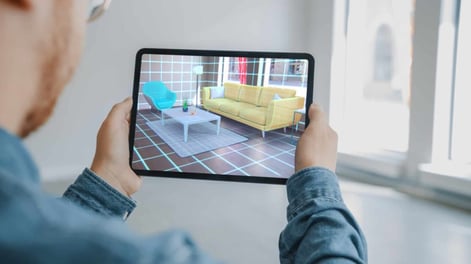 Depending on the use case, as little as a mobile phone or tablet enables initial AR use cases. These would be “holographic” devices, those that are not replacing the view of the physical word but capable of placing virtual objects in the user’s field of vision. Latest iPhones and iPads have integrated LIDAR technology that provides better computer vision capabilities by helping to better and quicker build a model of the physical world. For a virtual reality development solution, an organization would require deployment of appropriate immersive headsets that fill a user’s field of vision with computer-generated scenes. To take advantage of MR, advanced MR solutions and headsets, such as MS Hololens or MagicLeap, that are capable of mixing both physical and virtual together would be required. Appropriate input devices are needed, like specialized sensors, joystick handsets or special gloves. Many of the solutions are able to track hand movements, making the virtual experience almost real sans the actual feel – which can be compensated for by carefully designed visual or audio feedback and, with some additional hardware, haptic feedback.
Depending on the use case, as little as a mobile phone or tablet enables initial AR use cases. These would be “holographic” devices, those that are not replacing the view of the physical word but capable of placing virtual objects in the user’s field of vision. Latest iPhones and iPads have integrated LIDAR technology that provides better computer vision capabilities by helping to better and quicker build a model of the physical world. For a virtual reality development solution, an organization would require deployment of appropriate immersive headsets that fill a user’s field of vision with computer-generated scenes. To take advantage of MR, advanced MR solutions and headsets, such as MS Hololens or MagicLeap, that are capable of mixing both physical and virtual together would be required. Appropriate input devices are needed, like specialized sensors, joystick handsets or special gloves. Many of the solutions are able to track hand movements, making the virtual experience almost real sans the actual feel – which can be compensated for by carefully designed visual or audio feedback and, with some additional hardware, haptic feedback.
Most solutions would typically involve some back-end components — a set of services that help an app running on a phone or headset know what to show the user, interpret what a user is looking at, and provide access to environment models and reference information. To show the user that underground pipe, the system must be connected to a geographic information system (GIS) solution where all these pipes and conduits are properly mapped.
How long does augmented, mixed, or virtual reality development take and is there a major difference in terms of workload between them?
Augmented reality solutions are easiest to develop and may only require days to weeks of effort for some of the use cases, especially when using the latest models of mobile devices supporting new versions of Apple ARKit and Google ARCore.
The level of effort for a virtual reality development would depend on the use case but would typically be in weeks to months range and would require staff familiar with specialized hardware and advanced development frameworks, such as Unity.
A mixed reality solution, beyond additional challenges associated with more advanced headsets and complex input tracking approaches, would require additional effort of figuring out a way to accurately represent dynamic physical world environments within the virtual scene — be it machinery, tools, and other equipment or offices and furniture.
Contact Coherent Solutions today to jumpstart your next augmented, mixed, or virtual reality development project.
![]()
More About Our Sponsor
Coherent Solutions is a software product development and consulting company that solves customer business problems by bringing together global expertise, innovation, and creativity. The business helps companies tap into the technology expertise and operational efficiencies made possible by their global delivery model.
Meet Our FAQ Expert
Max Belov, CTO of Coherent Solutions
Max Belov has been with Coherent Solutions since 1998 and became CTO in 2001. He is an accomplished architect and an expert in distributed systems design and implementation. He’s responsible for guiding the strategic direction of the company’s technology services, which include custom software development, data services, DevOps & cloud, quality assurance, and Salesforce.
Max also heads innovation initiatives within Coherent’s R&D lab to develop emerging technology solutions. These initiatives provide customers with top notch technology solutions IoT, blockchain, and AI, among others. Find out more about these solutions and view client videos on the Coherent Solutions YouTube channel.
Max holds a master’s degree in Theoretical Computer Science from Moscow State University. When he isn’t working, he enjoys spending time with his family, on a racetrack, and playing competitive team handball.

